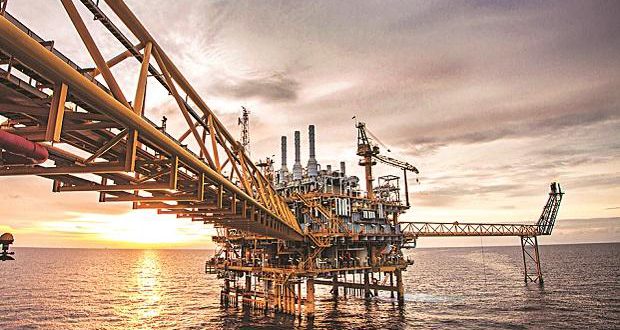In a disclosure that might not necessarily be good news for Indian economic and government planners. energy consultancy Wood Machenzie said last week that India will pass China as the country with the largest demand for oil by 2024. accounting for about 30 percent of total global oil demand growth.
Sushant Gupta. a research director for energy consultancy Wood Mackenzie said that this would create substantial problems for the country’s refining sector. `This is clearly an uphill task. unless domestic refiners can commit to their planned capacity additions.` Gupta said in statements to UPI.
The report added that if India can`t find ways to produce its own gasoline. it will have to look to more imports. Countries with spare capacity are in the EU or the U.S.. though Wood Mackenzie said the trade distances could create concerns for a growing India.
India’s oil imports are already spiking with most of its crude oil coming from OPEC producers. Much of this procurement is made. according to many analysts. to curry political favor with these nations since large number of Indian expats work in various middle eastern nations.
Last month. Iraq bypassed Saudi Arabia to become India’s largest crude oil supplier. The Economic Times said that Iraq’s rise in supply (with crucial ramifications for India’s crude mix) is mainly attributed to Indian refiners’ growing hunger for heavier grades of crude and Saudi Arabia’s decision to over-confirm on output cuts decided in the January 2017 OPEC meeting. India’s crude oil imports in terms of value rose 25 percent to $87.8 bn in 2017-18.
Turning to gas
To offset both its over reliance on coal as well as oil to fuel India`s transportation and industrial sectors. India has been making a pivot to natural gas and renewables. India is currently the world’s fourth largest LNG importer after Japan. China and South Korea.
Earlier this year. the government said the country would more than double the share natural gas played in its energy mix to 15 percent by 2022 which will require a huge increase in imports and the construction of more LNG terminals. India has four LNG receiving terminals and imports around 20 million tonnes of the super-cooled fuel a year.
Over the next seven year the government plans to build another 11 terminals which would raise India’s LNG import capacity to more than 70 million tonnes per year. It would be one of the fastest gas import expansions since China embarked on its huge gasification program last year. India is currently the world’s fourth largest LNG importer after Japan. China and South Korea.
Solar ambitions
In July. Indian power minister RK Singh said in comments made at an energy conference in Spain that New Delhi intended to launch a tender for 100 GW (100.000 MW) of solar power. around 10 times the size of the largest current solar tender in the world.
His disclosure came just two weeks after Tokyo-based SoftBank Group announced it would invest between $60 billion to $100 billion in solar power generation in India. Last year. India bypassed Japan to become the world`s third-largest market for solar power. after China and the U.S.
Indian Prime Minister Narendra Modi has already called for generating 100 GW of solar capacity by 2022. which is nearly 30 times what the country had only three years ago. Modi also set a goal of reducing India`s oil and natural gas import dependency to two-thirds by 2022 and to half by 2030.
Coal still accounts for nearly 60 percent of India`s power mix needed for electricity generation. while wind provides 10 percent and solar 5 percent. according to government figures. India installed 20 GW of solar power by the end of December. nearly doubling its capacity from a year earlier.
India’s power demand has grown in lock-step with is economic growth. which posted an average annual rate of approximately 11 percent between 2004 and 2014. according to the US Energy Information Administration’s (IEA) latest analysis of India’s energy sector. The country has also posted a GDP growth rate of more than 7 percent each of the past three years.
What’s next?
Going forward. India will have to play a delicate geopolitical balancing act as it procures more crude oil from middle eastern supplies. African producers and the U.S. It has already indicated it would trim Iranian crude oil imports by as much as 50 percent under pressure from Washington as sanctions on Iran’s energy sector are set to take place in Nonmember.
The impact of sanctions is already driving up the price of oil imports for India. A Live Mint report said last month that as India explores alternative supplies. import costs are likely to rise as Iran offers extremely competitive terms. which include. among others. free shipping and extended credit terms of about 60 days.
 Iran Energy News Oil, Gas, Petrochemical and Energy Field Specialized Channel
Iran Energy News Oil, Gas, Petrochemical and Energy Field Specialized Channel




